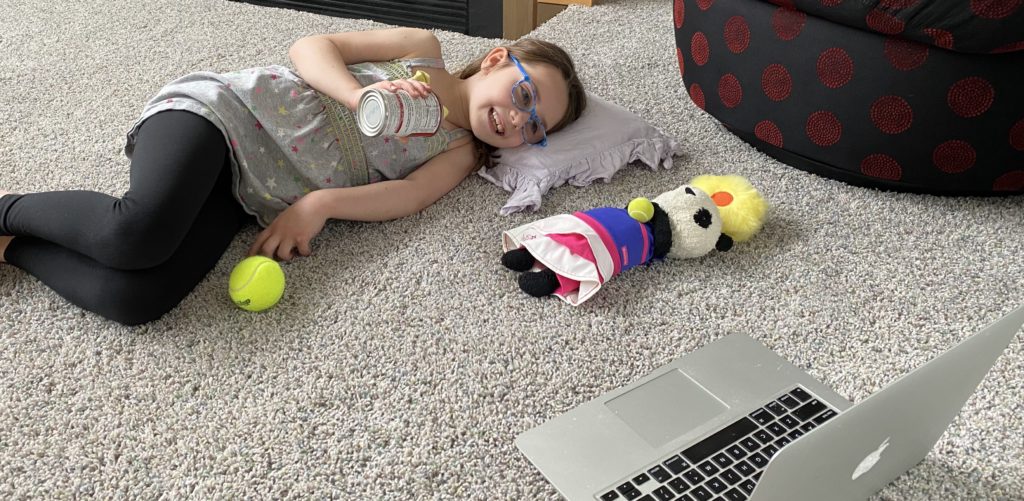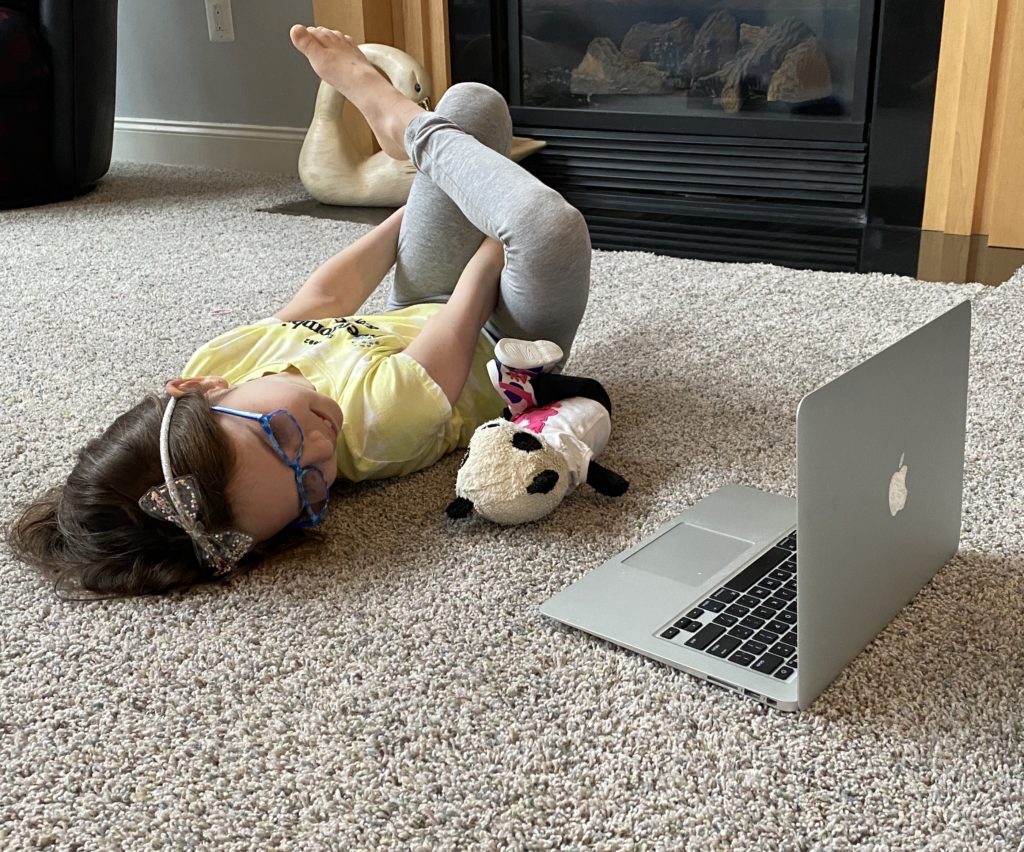As everyone is stuck inside more often these days, it is important to take a look at your home environment to decrease your risk of having a fall. Falls in the elderly population can lead to serious injury and should be avoided at all cost. Multiple factors place a person at an increased risk for falls. These factors include advanced age, poor vision, muscle weakness, poor balance, fear of falling, and home and environmental hazards. There are many steps that you can take to prevent falls. Here are just a few:
- Keep rooms in your home free of clutter to prevent tripping.
- Walk in shoes that have a good grip. Avoid wearing socks to decrease your risk of slipping.
- Keep your home well-lit to avoid tripping on objects that are hard to see.
- Make sure that all rugs in the home, as well as the bathtub and shower floor are nonslip.
- Stay active to improve strength, balance, and flexibility.
If you have a history of falls, are fearful of falling, or feel that you have problems with walking, balance, or decreased strength, a telehealth appointment with one of our physical therapists may be right for you. This will allow the therapist to identify possible hazards in your home in addition to providing you with appropriate strength and balance exercises.
Written by Dr. David Reymann






